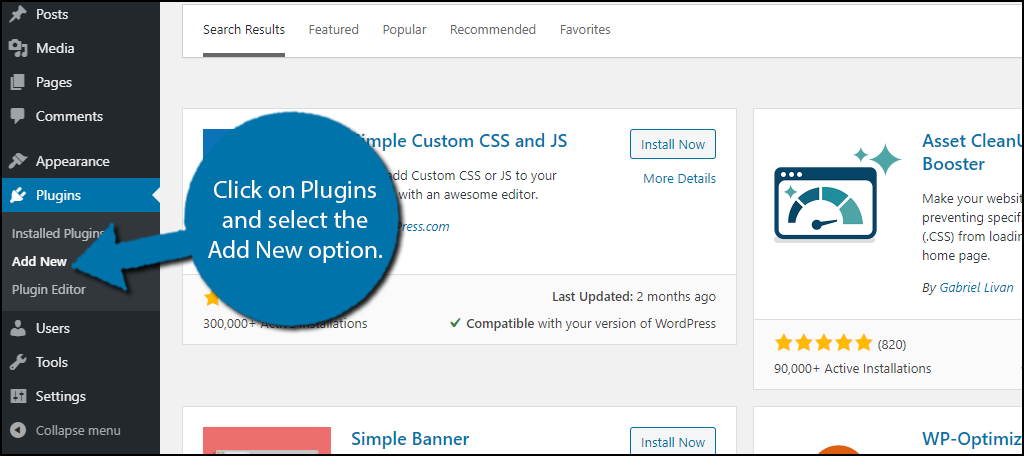

On the left-hand navigation bar, highlight the Appearance option. One way is to do so from your WordPress administration dashboard. There are two ways to access your theme’s style.css file. With that out of the way, let’s move on to the aforementioned three methods for editing CSS! Method #1: Editing Your Theme’s style.css File It’s beyond the scope of this tutorial to cover CSS syntax in complete detail, but if you want to delve deeper into it, we recommend you start with W3Schools’ course here. If you look at that file, you’ll find that it includes comprehensive stylistic ‘instructions’ for your theme. This is a common name for a stylesheet for any type of website, not just a WordPress website. That said, it’s more than likely that the CSS used to present your WordPress site is located in a file called style.css. So, keep in mind that your WordPress theme might not comply 100% with what you read in the following sections. It’s a given that no two WordPress themes are created equal. You can do the same thing in Firefox, just highlight a specific portion of the page, right-click on it, and then select Inspect Element from the menu that appears. block-content”) and change the “13px” to “14px.” For example, if you want to change the font from 13px to 14px, you simply search your style sheet file, displayed just to the right for those selectors (“#plugin-info. Once you’re armed with all of that information, modifying the design is easy. The name of the relevant style sheet file is displayed just to the right of the selectors. The descriptors are surrounded in curly braces by the selectors. For example, the “font-size” element tells you that the font displayed in that highlighted text is sized at 13 pixels (“13px”). Those items highlighted in red show you the specific design descriptors that apply to the text you had highlighted. In Google Chrome, for example, you simply highlight a specific portion of the document and then right-click, as shown below. However, CSS can also be used to define the layout for an entire element (for example, the “” tag) or an element based on its ID.įortunately, popular browsers allow you to see which selectors and which declarations are applied to an element on the page with just a few clicks. Usually, this is done by specifying a “class” for the specific element. Fortunately, that process isn’t complicated.ĬSS uses selectors to determine which design declarations to apply to a specific part of your website. Once you’ve isolated a part of your theme that you’d like to change (for example, the post title), you’ll need to determine the CSS properties applied to it so that you can make the appropriate changes. Method #2: Using a Child Theme to Edit CSSįinding the Design Elements You Want to Customize.

Method #1: Editing Your Theme’s style.css File.Finding the Design Elements You Want to Customize.In this Weekend WordPress, I’ll explain the strengths and weaknesses of three different methods so you can decide which suits you best, and let you get on with customizing your site.Ĭontinue reading, or jump ahead using these links: There’s more than one way to add custom CSS to your WordPress site.


 0 kommentar(er)
0 kommentar(er)
